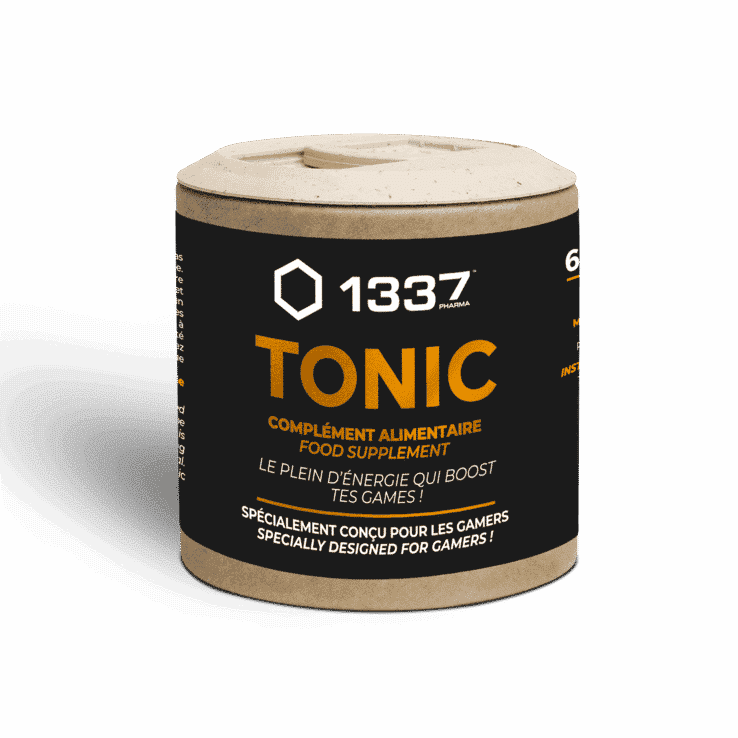VITAMIN b5
Ingredient
What is Vitamin B5
Where does it come from?
Why is it used?
What are the benefits?
Bibliography
What is vitamin B5?
Vitamin B5, also known as pantothenic acid, is one of the most important vitamins for human life. It is a water-soluble vitamin very abundantly present in plants and animal tissues and endowed with antioxidant properties. Vitamin B5 is a component of coenzyme A (CoA) and is part of the vitamin B2 complex. It is also a growth factor and is essential for various metabolic functions, including the metabolism of carbohydrates, proteins and fatty acids. This vitamin is also involved in the synthesis of cholesterol, lipids, neurotransmitters, steroid hormones and hemoglobin. (PubChem, nd)
Where does it come from?
Vitamin B5, or pantothenic acid, occurs naturally in foods, added to foods, and available as a dietary supplement. Like other B vitamins, pantothenic acid helps your body obtain energy from food and is also involved in the production of hormones and cholesterol (Chen et al., 2015).
Pantothenic acid is present in almost all foods of plant and animal origin, to one degree or another, because this vitamin is present in all living cells. The best sources are beef, chicken, organ meats, fortified grains, and some vegetables. (Office of Dietary Supplements – Pantothenic Acid, nd)
- Enriched cereals
- Organs (liver, kidneys)
- Beef
- Chicken breast
- Mushrooms
- Lawyer
- Nuts, seeds
- Breastmilk
- Yogurt
- Potatoes
- Eggs
- Brown rice
- oats
- Broccoli
Why is it used?
This vitamin is used to make coenzyme A (CoA), a chemical compound that helps enzymes make and break down fatty acids as well as perform other metabolic functions, and acyl protein, which also participates in the production of fats. (Institute of Medicine (US) Standing Committee on the Scientific Evaluation of Dietary Reference Intakes and its Panel on Folate, Other B Vitamins, and Choline, 1998)
Vitamin B5 is one of eight B vitamins. All B vitamins help convert the proteins, carbohydrates and fats you eat into energy
- Healthy skin, hair and eyes
- Proper functioning of the nervous system and liver
- A healthy digestive tract
- The production of red blood cells, which carry oxygen throughout the body
- The production of sex hormones and stress-related hormones in the adrenal glands.
Because pantothenic acid helps break down fat, it has been studied for its potential role in lowering cholesterol levels in people with dyslipidemia. This is a condition in which there is an abnormally high concentration of fats or lipids in the blood (e.g. “bad” LDL cholesterol, triglycerides), and low levels of “good” HDL cholesterol . Low levels of CoA can prevent the breakdown and removal of fats from the blood. It has also been suggested that pantothenic acid may have an antioxidant effect that reduces low-grade inflammation, which is present in the early stages of heart disease. (Jung et al., 2017)

What are the benefits?
The vitamin B5 plays a role in the proper functioning of the nervous system, coenzyme A is involved in the biosynthesis of acetylcholine, a chemical neuromediator of the central nervous system. It contributes to normal psychological functions such as memory, reasoning and concentration.
Discover other plants used in our products
Bibliography
- Chen, Y., Zhao, S., & Zhao, Y. (2015). Efficacy and tolerability of coenzyme A vs pantethine for the treatment of patients with hyperlipidemia: A randomized, double-blind, multicenter study. Journal of Clinical Lipidology, 9(5), 692-697. https://doi.org/10.1016/j.jacl.2015.07.003
- Institute of Medicine (US) Standing Committee on the Scientific Evaluation of Dietary Reference Intakes and its Panel on Folate, Other B Vitamins, and Choline. (1998). Dietary Reference Intakes for Thiamin, Riboflavin, Niacin, Vitamin B6, Folate, Vitamin B12, Pantothenic Acid, Biotin, and Choline. National Academies Press (US). http://www.ncbi.nlm.nih.gov/books/NBK114310/
- Jung, S., Kim, MK, & Choi, BY (2017). The long-term relationship between dietary pantothenic acid (vitamin B5) intake and C-reactive protein concentration in adults aged 40 years and older. Nutrition, Metabolism and Cardiovascular Diseases, 27(9), 806-816. https://doi.org/10.1016/j.numecd.2017.05.008
- Office of Dietary Supplements—Pantothenic Acid . (nd). Retrieved June 21, 2022, from https://ods.od.nih.gov/factsheets/PantothenicAcid-HealthProfessional/
- PubChem. (nd). pantothenic acid. Retrieved June 2, 2022, from https://pubchem.ncbi.nlm.nih.gov/compound/6613

